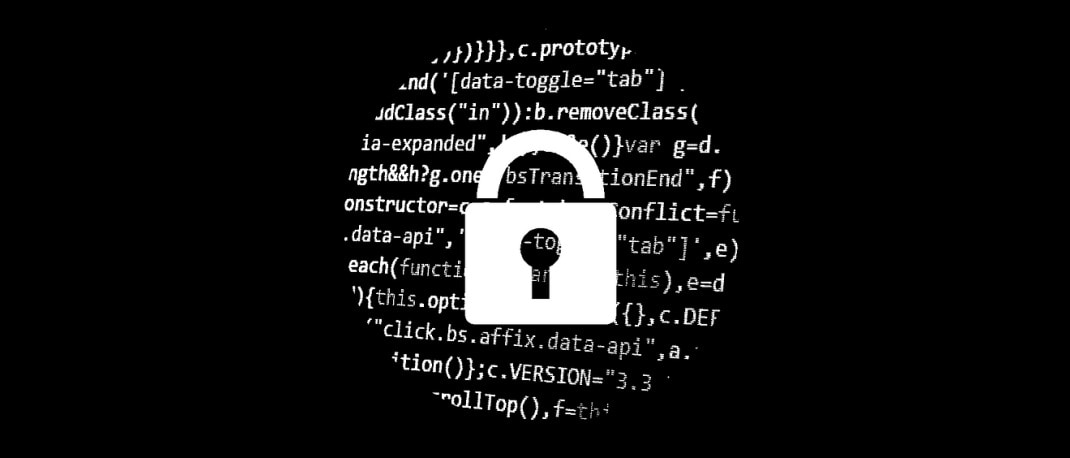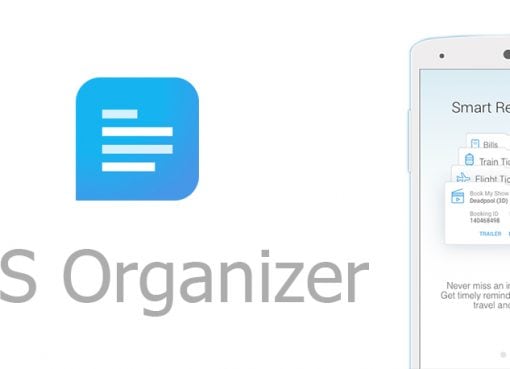Screen mirroring has a number of benefits. It’s not a very complicated process and it helps enhance the experience of everything you do on your laptop. You can connect laptops to pretty much any HDTV today. It can be used to show your friends and family interesting photos or videos you’ve clicked. You can use it to get an immersive experience out of your laptop, while playing movies or games. Many organisations now also make use of TVs for meetings and presentations. Screen mirroring has become a common feature on TVs. If you have a laptop and an HDTV at home, you can use it by following a few simple steps. There are two ways of connecting your laptop to your TV.
Wirelessly connecting your laptop to your TV
Here, the laptop connects to the TV using a feature called Wi-Fi Direct, or Miracast. This means that you need to have a smart TV that supports screen mirroring using Wi-Fi Direct. Your laptop also needs to supports wireless screen mirroring. Most recent laptops should support this feature. You can look this up online by checking the features of the processor your laptop uses. With the help of Wi-Fi Direct, both devices can connect directly to each other.

Use the TV remote and select the source to Screen mirroring. It will show a screen with the TV name. On the laptop, press the Windows button and type in ‘Settings’. Then go to ‘Connected devices’ and click on the ‘Add device’ option at the top. The drop down menu will list all the devices you can mirror to. Select your TV and the laptop screen will start mirroring to the TV. The TV name also gets saved in the connected devices list, so connecting the laptop to the TV in the future is easy.

Apple MacBooks use AirPlay to mirror the screen. Your TV needs to support AirPlay though. AirPlay also requires you to connect both the devices to the same wireless network. On the Apple Macbook, you can find the AirPlay option under ‘Settings’ and then ‘Display’. Besides that, the process is similar to a Windows laptop.
Connecting your laptop to your TV using cables
If you don’t have a smart TV, then you can still connect your laptop to the TV, using an HDMI cable. Besides mirroring your screen, you can also use it an as an extended screen, as a dual-monitor setup. This helps a lot with multi-tasking, while having multiple applications running across displays. You can even drag and drop applications from one screen to another. To connect the laptop to the TV, use an HDMI cable. Almost all laptops sold today have an HDMI port. HDMI cables can carry full HD and 4K video and surround audio to the TV. If you don’t have an HDMI port, then can use a VGA (D-Sub) cable. VGA only carries video so you’ll need to use a 3.5mm audio port to send audio from your laptop to the TV, or external speakers. In the case of the TV not supporting VGA, you’ll have to make use of an adaptor. First connect the TV to the laptop using the HDMI (or VGA) cable. Change the source of the TV to the HDMI port (or VGA) using the remote control.

On a Windows PC, you can press ‘Windows key + P’ to open display settings immediately. Some laptops may have another shortcut too. This will offer different screen configurations -
- Duplicate – This works just like screen mirroring. It replicates your laptop screen to the TV. It’s ideally used while giving presentations, where you also require the laptop screen to be on in front of you.

- Extend – This allows you to use the TV as a secondary screen, as an addition to the laptop’s screen. Here, you can drag windows from one screen to another. It helps while working on multiple applications side-by-side.

- Second Screen only - This lets you use the TV as the only screen. The laptop screen turns off. This is handy while watching movies on the big screen. By connecting a USB keyboard and mouse, you can also sit away from the laptop comfortably, on your sofa.
Choose the configuration that you want and the laptop will start mirroring on the TV. Not just that, you can further tweak the display settings to take full advantage of the screen size and resolution of the TV. Ideally, the laptop will run its default resolution (1366 x 768, in most cases) on the external screen. However, if your laptop supports it, you can change it to the native resolution of the TV. If your laptop can handle 4K resolutions, and your TV supports it too, you can bump the resolution to 4K.

Using a high resolution gives you a much larger work area. For example, if you set the resolution to 4K (3840 x 2160), you’ll get four times the screen space as you would get when compared to full HD TV. You can change the resolution by going into the ‘Display’ settings, then to ‘Advanced’. Click on ‘Resolution’ and select the desired resolution from the list. The process of connecting a MacBook to the TV is pretty much the same as it is on a Windows laptop. Some MacBooks don’t have an HDMI port, in which case you’ll either be working with a mini DisplayPort or a USB-C port. Regardless of what you have on the MacBook, you’ll need an adapter to connect the laptop to the TV. On the MacBook, you also get the option to use the TV as an extended monitor and the change the resolution. These settings are available under ‘System Preference’ > ‘Display’. These were some ways of connecting your laptop to your TV. If you don’t want to use a cable and don’t have a smart TV, then you can always consider purchasing a smart box or a casting device such as Google Chromecast and the Apple TV. They are affordable and can let you enjoy screen mirroring and a host of other media playback features on your non-smart TV.
Cables to help you connect your laptop to TV: Browse cables to help connect your laptop to your television here .
Related Articles: If you liked this article, you might be interested to read some of our popular articles related to this topic:
- How To Connect Your Laptop To Your LCD TV The Right Way
- How To Connect External Speakers To Your TV
- How To Stream Content To A SMART TV Using DLNA



